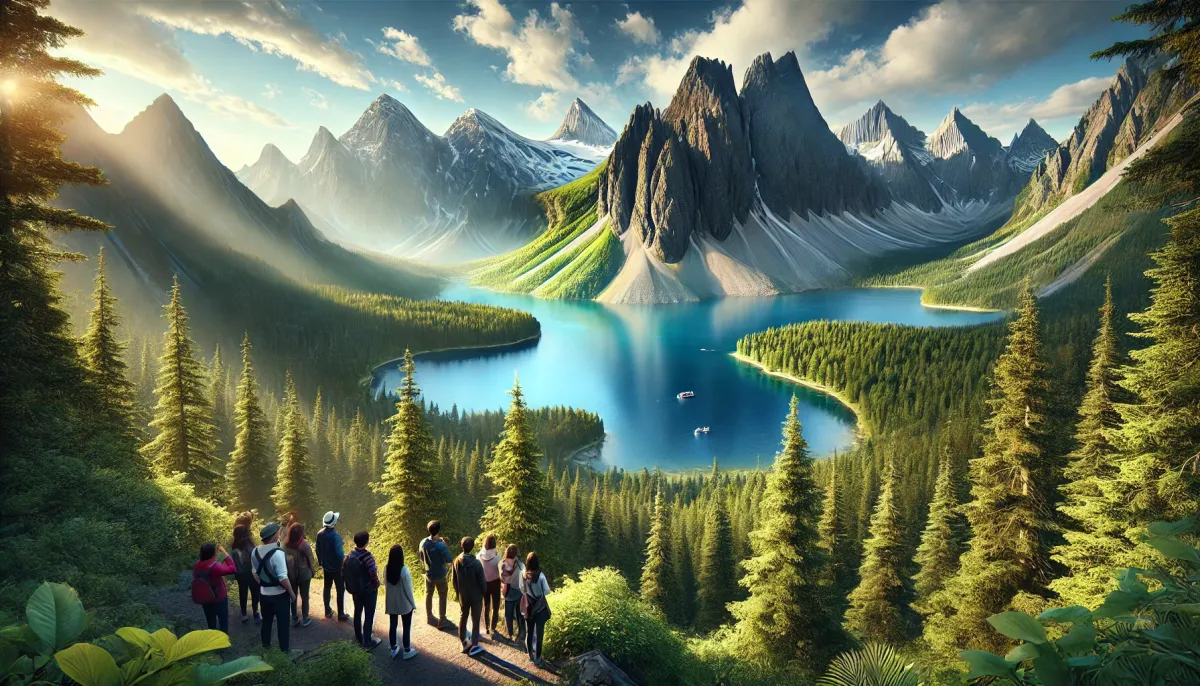Hello fellow adventurers! Mark here, your friendly neighborhood travel enthusiast, back with another thrilling tale from my recent Asian escapades. This time, I journeyed to the breathtaking Changbai Mountain, a place steeped in history and natural wonder. Get ready to explore the majestic landscapes and delve into the fascinating story behind this remarkable region!
Discovering Guan Dong: A Historical Perspective
My adventure began with understanding the term "Guan Dong." Simply put, it refers to the area east of Shanhai Pass (山海關), a crucial gateway in China's history. Anything west of the pass is considered "Guan Nei." Over time, Guan Dong came to encompass the broader Northeast region, including Liaoning, Jilin, and Heilongjiang provinces, as well as parts of eastern Inner Mongolia.
Shanhai Pass itself is a marvel, one of the three most spectacular gates in the Great Wall, standing as a testament to China's rich history. Its strategic location and historical significance have deeply influenced the region's identity and development.
Historically, Guan Nei experienced frequent droughts and famines, leading to immense hardship. In contrast, the fertile lands of Guan Dong, with its rich organic soil, became a beacon of hope. This stark contrast fueled the mass migration known as "Chuāng Guān Dōng" (闖關東), where people from Guan Nei sought better lives in the seemingly untouched lands of the northeast. This historical context mirrors present-day migration patterns, echoing the struggles of refugees fleeing conflict and famine elsewhere in the world.
The Shadow of the Kwantung Army and the Mukden Incident
The journey wasn't just about the beautiful scenery; it also delved into a darker period in the region's past. I learned about the Japanese Kwantung Army's influence and the devastating Mukden Incident (皇姑屯事件). This incident, where warlord Zhang Zuolin was assassinated, served as a catalyst for Japan's further expansion into Manchuria. The Japanese, in their pursuit of colonial domination, systematically exploited the region's resources, built railroads for strategic resource transport, and ultimately established the puppet state of Manchukuo.
This dark chapter explains why some regions of Northeast China still bear the scars of past conflicts and have less of a welcoming atmosphere towards Japanese tourists. This isn't unique to Northeast China, of course; similar sentiments can be found in places like Nanjing, where the horrors of the Nanking Massacre remain etched in collective memory. In contrast, my experiences in Taiwan, which also fell under Japanese rule, were vastly different, an experience shaped by the circumstances of the times.
Changbai Mountain: A Natural Paradise and a Symbol of Shared History
Finally, I reached the heart of my journey: Changbai Mountain (长白山), straddling the border between China and North Korea. The majestic mountain is home to Tianchi (天池), a breathtaking crater lake, and a wealth of natural beauty.
| Feature | Description |
|---|---|
| Name | Changbai Mountain (China), Baekdu Mountain (Korea) |
| Location | Border between Jilin Province, China, and North Hamgyong Province, North Korea |
| Significance | Source of three major rivers: Songhua, Tumen, and Yalu; volcanic crater lake |
| Access | Requires shuttle buses within the park; cars are not permitted inside the park. |
The journey to the summit was unforgettable. I was struck by the sheer scale of the mountain and the pristine beauty of the surrounding forests. The air was fresh and invigorating, and the views were simply breathtaking. Along the way, I encountered the charming "small Tianchi" (小天池), also known as Silver Ring Lake.
The journey further explored the "Underground Forest," a unique volcanic landscape with a lush, untouched forest floor. It offers a stunning contrast to the vastness of Tianchi.
A Tapestry of History and Geopolitics
The story of Changbai Mountain is inextricably linked to the history of the region, and particularly to the complex relationship between China and North Korea. The historical ownership and claims to Changbai Mountain have been contested at various times, with conflicting maps and treaties from different eras illustrating the complexity of the historical ownership of the land.
My experiences in Changbai Mountain are more than just a travelogue; they're a reflection on history, geography, and the human experience. It's a reminder that every place has a story to tell, and it’s essential to approach these stories with an open heart and a willingness to learn and reflect.







